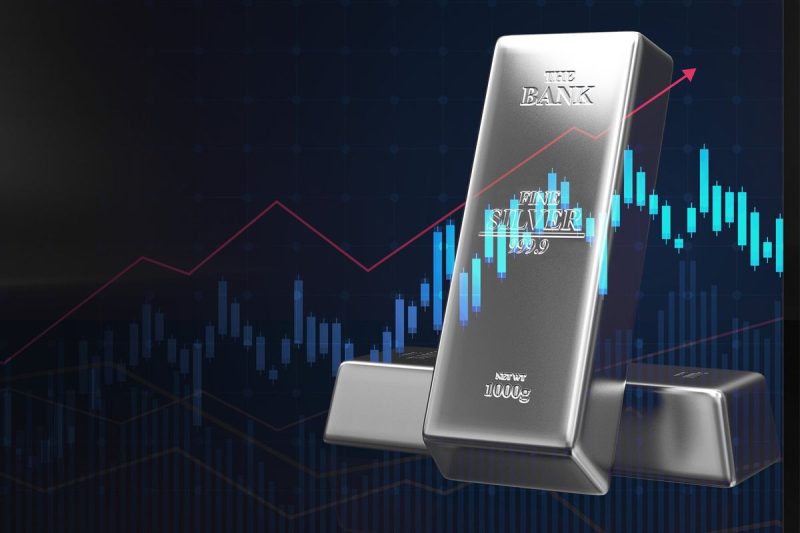In the ongoing quest to diversify investment portfolios, the discussion around silver bullion as a viable financial asset continues to capture the attention of both seasoned investors and novices alike. As the world fluctuates in terms of economic stability and growth prospects, many are drawn to precious metals like silver as a means of safeguarding their wealth in times of uncertainty. But the question remains: Should you invest in silver bullion? Let’s delve deeper into the reasons why silver may or may not be a prudent addition to your investment strategy.
First and foremost, let’s consider the historical performance of silver as an investment vehicle. Over the years, silver has demonstrated its resilience as a store of value, often serving as a safe haven asset during tumultuous economic times. Unlike conventional currencies that are subject to inflation and devaluation, silver’s intrinsic value has stood the test of time, making it an attractive option for those looking to protect their wealth against market volatility. Additionally, the industrial uses of silver in various sectors, such as electronics and healthcare, provide a solid foundation for its demand, further bolstering its investment potential.
Another key factor to consider when evaluating the viability of silver bullion as an investment is its correlation with other assets in your portfolio. Diversification is a fundamental principle of sound investing, and silver can play a valuable role in this regard. As a non-correlated asset, silver often moves in the opposite direction of traditional financial instruments like stocks and bonds, providing a buffer against market downturns and enhancing the overall stability of your portfolio. By including silver in your investment mix, you can potentially reduce risk and increase potential returns over the long term.
On the flip side, it is essential to acknowledge the inherent risks associated with investing in silver bullion. Like any asset class, silver prices are subject to fluctuations driven by a myriad of factors, including global economic conditions, geopolitical events, and market speculation. While these price fluctuations can present opportunities for savvy investors to capitalize on short-term gains, they also pose the risk of significant losses if market conditions take a turn for the worse.
Moreover, the physical nature of silver bullion introduces practical considerations that may deter some investors. Unlike stocks or bonds that can be easily bought and sold online, investing in silver requires the physical storage of the metal, which can incur additional costs and security concerns. For those seeking a more liquid and accessible investment option, silver bullion may not be the most convenient choice.
In conclusion, the decision to invest in silver bullion ultimately depends on your individual financial goals, risk tolerance, and investment timeframe. While silver offers compelling benefits as a hedge against economic uncertainty and a diversification tool for your portfolio, it also comes with its own set of challenges and limitations. Before making any investment decisions, it is crucial to conduct thorough research, seek professional advice, and carefully assess your own financial situation to determine whether silver bullion aligns with your investment objectives. By weighing the pros and cons of silver investment carefully, you can make an informed choice that best suits your financial needs and aspirations.
